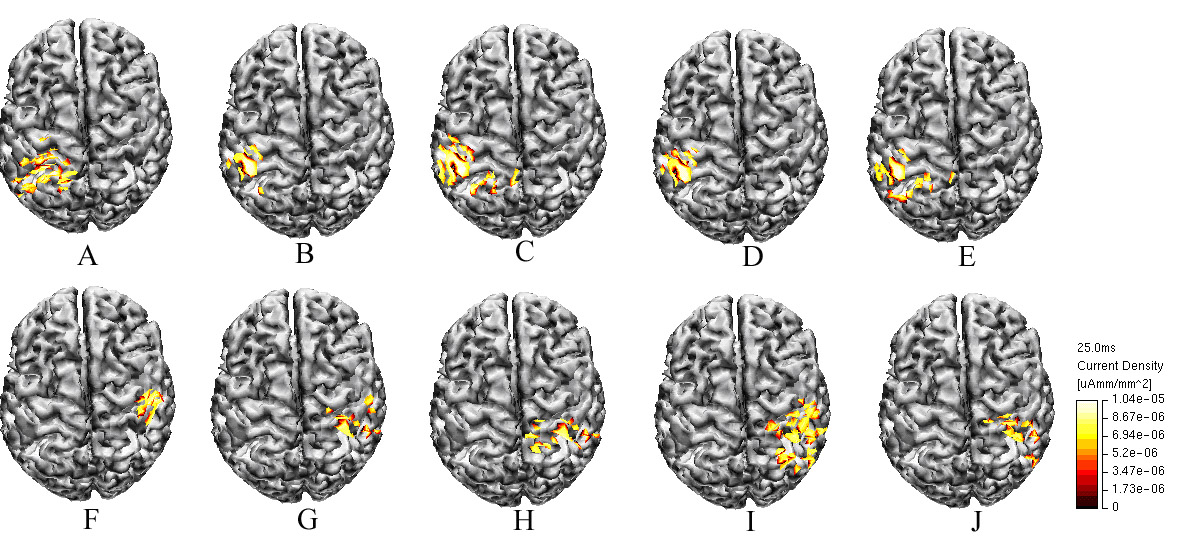|
|
 |
|
Source Analysis-based Brain-Computer Interface (BCI) for Wheelchair Control by Neurologically Disabled Patients
Nearly two million people in the United States suffer from neurological disorders that disrupt the neuromuscular channels that control their muscle function. These disorders include amyotrophic lateral sclerosis (ALS), brainstem stroke, or brain or spinal cord injuries (Wolpaw et al, 2002). As a result, some patients are left with only limited control and can only use their eye muscles to answer simple questions. However, others lose all voluntary muscle control and are completely locked in by their bodies, thereby unable to communicate with or control the external world beyond their bodies (similar to Christopher Reeve of Superman fame).
In the absence of successful methods that can repair the damage caused by these disorders, a new alternative non-muscular communication and control channel has great potential. A direct Brain-Computer Interface (BCI) conveys the messages and commands of the brain to the external world enabling a patient to regain certain basic control functions. Through brain signals, the BCI learns the intentions of a patient and translates the intentions into physical commands that control a device.
The overall objective of this research is to develop an accurate BCI wheelchair system through our new source localization algorithms. The BCI will translate a subject’s desires into several simple wheelchair commands such as “go,” “stop,” “turn left,” or “turn right.” The wheelchair will also be able to adjust according to the subject’s brain signals by automatically modifying some of its parameters to give better translation.
Preliminary results of cortical current density distributions of different trials in a human subject during left (A,B,C,D,E) and right (F,G,H,I,J) hand movement imagination. |
| [Home] [Biography] [Research] [Teaching] [Industry Exp.] [Lab. Personnel] [Collaborators] [Publications] [Links] |
